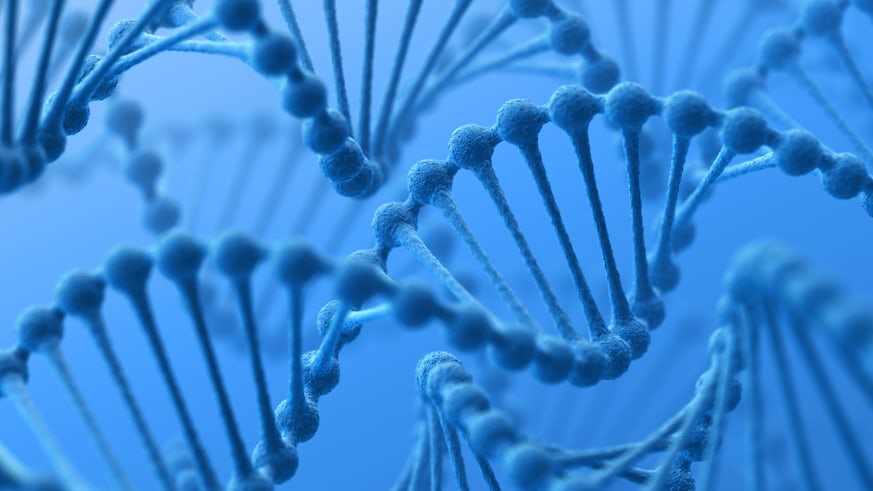Putting the brakes on the gene drive
10 July 2018

A biological switch that could potentially regulate gene drive technology has been created by researchers from Cardiff University.
The switch, a cheap and non-toxic amino acid called BOC, could switch proteins ‘on’ and ‘off’ in any species and offers promise in a whole host of fields, from pest control to regenerative medicine.
The team of researchers, which also includes scientists from the University of Bath, believe the switch could be particularly useful in an emerging technology known as a gene drive.
Gene drives are methods in which the genetic code of a species can be altered in such a way that it ensures all offspring in sexually reproducing species inherit a particular genetic segment. This technology would override the 50% chance that offspring would have of inheriting a particular trait.
Characteristics that are given by a gene drive can spread rapidly through a population regardless of whether or not they are advantageous.
They might, for example, make livestock more resilient to disease, enhance the nutritional value of crops or eliminate the mosquitoes that transmit infectious diseases like malaria.
However, multiple challenges must be met before gene drive usage is likely to be authorised. Once initiated, they are difficult or impossible to control and may work over wider areas than desired, for example straying across international borders. They may have unintended environmental consequences or give rise to resistance.
The researchers believe the non-physiological amino acid, BOC, could completely change the gene drive process so that the altered genes are only guaranteed to be passed on if the organism has been fed the amino acid. Without BOC the gene drive is switched off and all offspring would be become subject to the natural laws of inheritance, returning the populations to its more diverse selection of possible traits.
In their study, which has been published in the journal Scientific Reports, the team successfully demonstrated the technology by using the amino acid BOC to turn a specific protein ‘on’ and ‘off’ in early-stage mice embryos.
Co-author of the study Dr Yu-Hsuan Tsai from the School of Chemistry said: "Although BOC provides an attractive and promising means to control editing, we are now working to address remaining challenges and iron out wrinkles in the system."
Professor Tony Perry, from the University of Bath, said: “Our switch is a way of controlling the expression of any protein via genetic code expansion.
What sets our work apart is the potential for this as an environmentally friendly switch across large distances, which no previous method really enables. For example you can imagine controlling gene drive activity in livestock herds by adding or removing BOC from feedstuffs as required.
Gene editing has enormous potential across biological science, from biomedicine to food security, in insects, plants and animals.”
The study was funded by the Medical Research Council (MRC), Biotechnology and Biological Sciences Research Council (BBSRC) and the Wellcome Trust.
Share this story
The School tackles the important scientific challenges of the 21st century which is the focus of its internationally leading research and education.
